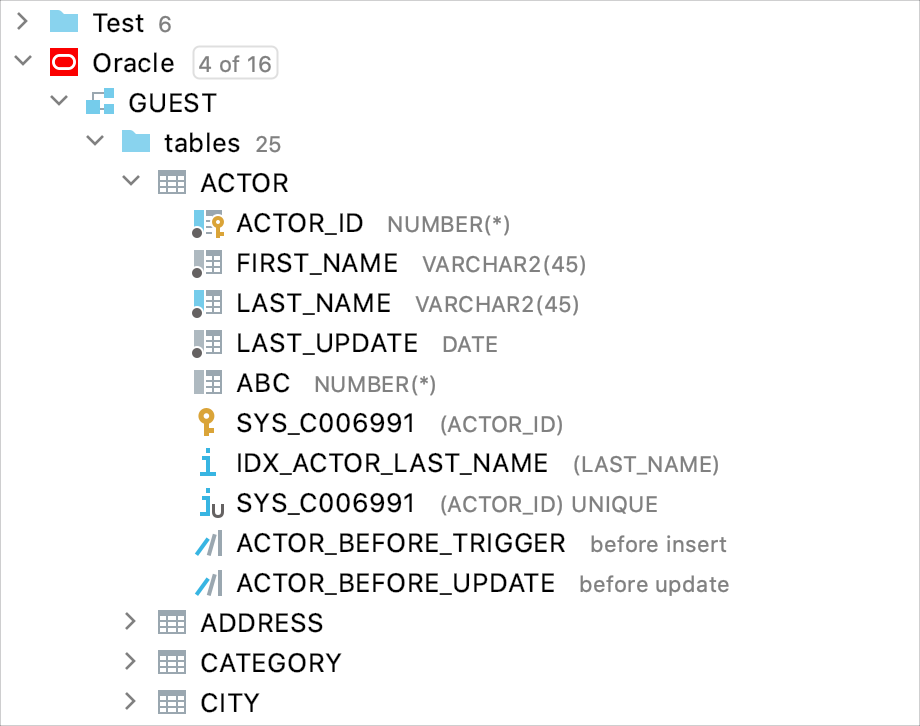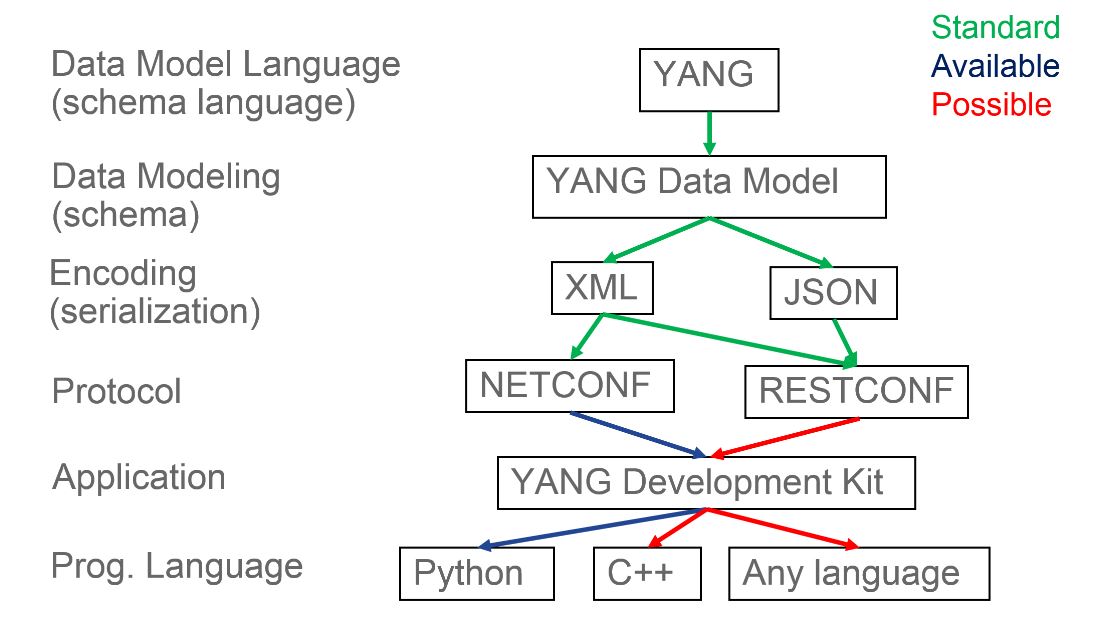

- DATABASE MODELING TOOLS OPEN SOURCE LICENSE
- DATABASE MODELING TOOLS OPEN SOURCE DOWNLOAD
- DATABASE MODELING TOOLS OPEN SOURCE FREE
- DATABASE MODELING TOOLS OPEN SOURCE MAC

The user may add and remove elements to the model.
DATABASE MODELING TOOLS OPEN SOURCE MAC
In addition, new releases are always verified on Windows, Linux, and Mac OS.įigure 1 illustrates the TerraER interface, which is organized into five main parts:

The tool is developed in Java language, which makes TerraER a cross-platform application. student has contributed to the project by developing the internationalization for the English language.įigure 1 - Screenshot of TerraER 2.02 modeling a hypothetical Banking ER

Thereupon, we encourage users to directly contribute to the TerraER project ( ). The tool is a free, open-source application under the GNU Public License. Therefore, we developed the graphical user interface to be practical, intelligible, and intuitive (i.e., easy to learn and use). TerraER was initially designed for academic purposes, i.e., to help students and professors in the task of creating ER models. Persist models to XML files (a cross-platform format).Internationalization (English and Portuguese).Simple and small but complete application (around 5 MB).TerraER 2.02 has the following relevant features: In a nutshell, TerraER requires only a Java Runtime Environment (JRE) previously installed on the target computer ( Main Features
DATABASE MODELING TOOLS OPEN SOURCE DOWNLOAD
TerraER is distributed in a single JAR file publicly available for download at our web site The JAR file is auto-contained, i.e., it can be placed in any folder, does not require the installation of additional libraries, and does not change operating system files (e.g., windows registry). Our main goal is to provide students with a tool that reflects exactly the data modeling concepts learned in the classroom.
DATABASE MODELING TOOLS OPEN SOURCE FREE
To address these shortcomings, we designed TerraER, a free open-source learning tool designed to aid students in the creation of ER models. The use of existing logical design tools - rather than conceptual design ones - has two major issues: (i) they may confuse students who are learning about conceptual modeling and (ii) they were not developed for academic purposes. In view of such circumstances, academics (students and professors) are forced to use logical design tools instead, such as DBDesigner, ERWin, etc. In practice, most modeling tools support logical design, which is a detailed model the designer proceeds after the conceptual model is complete. Nevertheless, we noticed a lack of modeling tools for this purpose. Īcademic database courses still adopt ER models to teach conceptual design. The ER model is simple and easy to understand, making it intelligible to both database designers and end users. It defines the entities and the relationships between these entities. The entity-relationship model (ER model) is a largely used conceptual model proposed by Chen. Support: Documentation available at our website and issue tracker system at ĭata modeling is one part of the database conceptual design process.
DATABASE MODELING TOOLS OPEN SOURCE LICENSE
License & Pricing: Open Source GNU Public License, Freeware. TerraER is a free open-source learning tool designed to aid students in the creation of entity-relationship models. TerraER - Entity-Relationship Modeling Tool


 0 kommentar(er)
0 kommentar(er)
